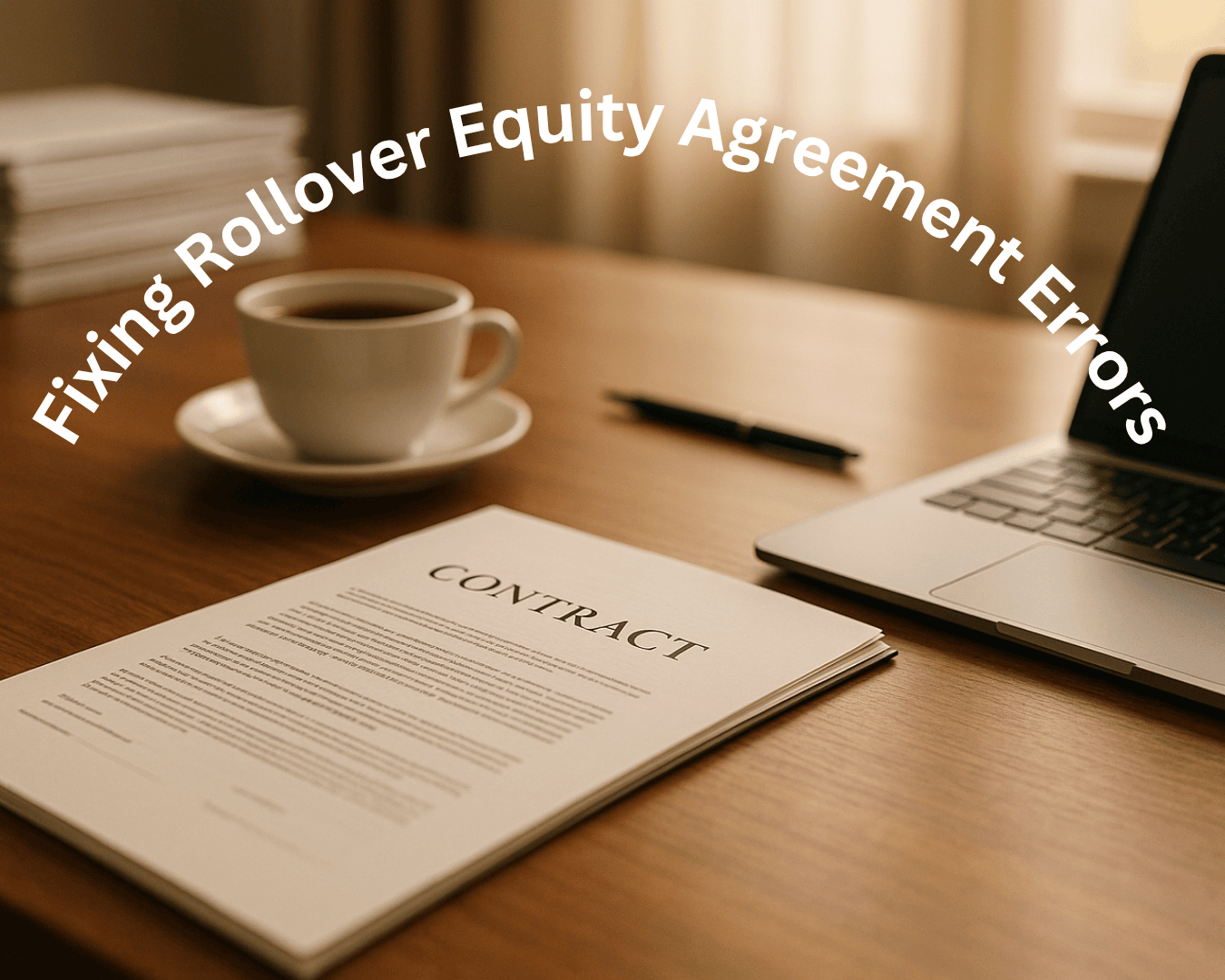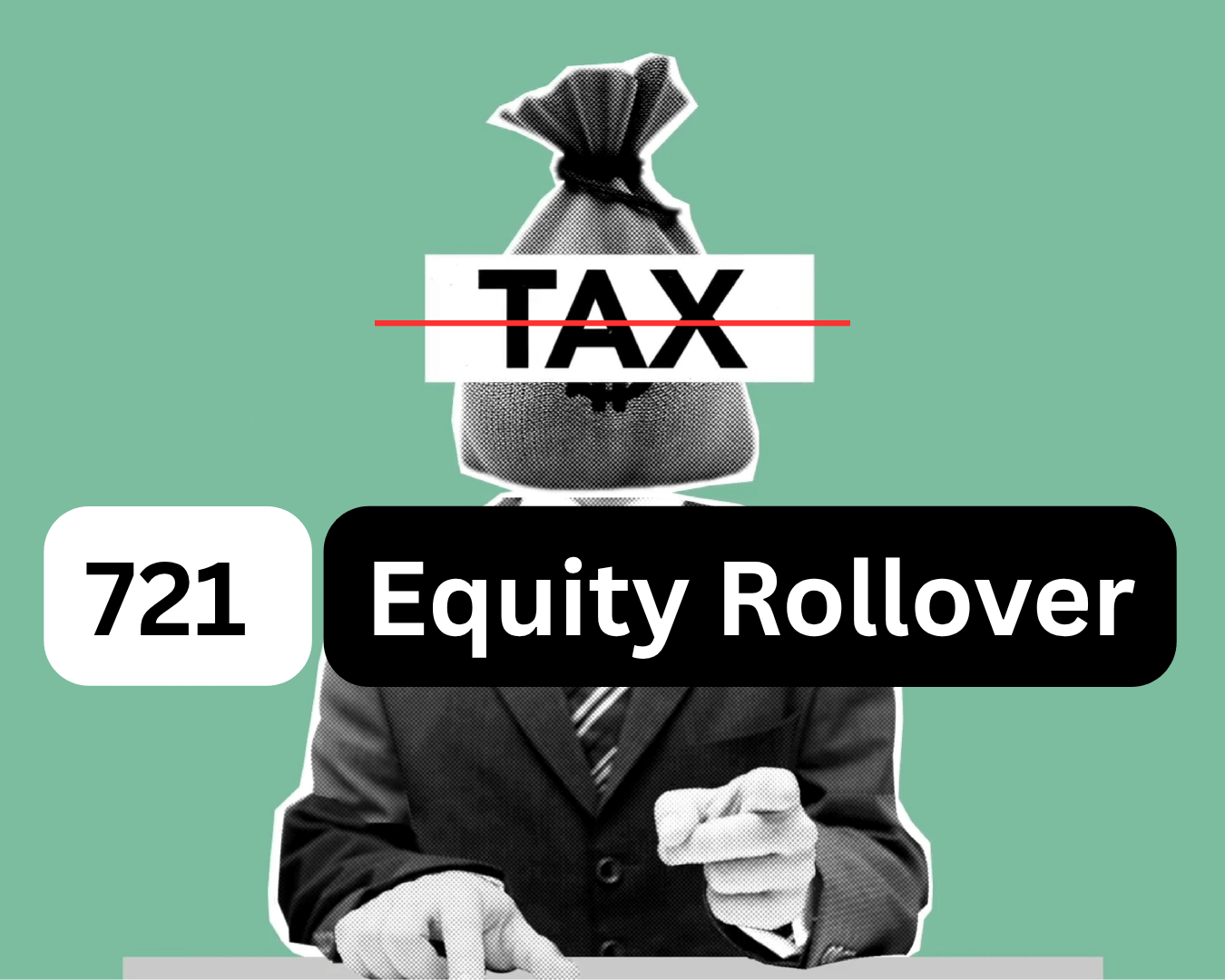Acquisition loans are designed to help buyers purchase existing businesses by providing tailored financing options. These loans often use the target business's cash flow and assets as collateral, reducing the buyer's need for significant upfront investment. Here's what you need to know:
- Why Use Them? They preserve personal savings, enable larger acquisitions, and offer tax-deductible interest. Repayments are often supported by the acquired business's revenue.
-
Types of Loans:
- SBA 7(a): Covers up to 90% of the purchase price, with interest rates of prime + 2-4%, and terms up to 25 years.
- SBA 504: Fixed rates, 10-20 year terms, and requires a 10% down payment.
- Conventional Loans: Quicker approval but requires 20-40% down and collateral.
- Seller Financing: Flexible terms, often 20-40% of the deal, with 6-10% interest.
- Online Lenders: Fast approval but higher interest rates (8-15%).
- ROBS: Use retirement funds without penalties but requires compliance.
- Eligibility: Strong credit (650+), down payment (10-40%), collateral, and business cash flow are critical.
Key Takeaway: Combining financing options, such as SBA loans with seller financing, often yields better terms and reduces upfront costs.
The Ultimate Guide to SBA Acquisition Financing [Comprehensive 2025]
Types of Acquisition Loans and Financing Options
When it comes to financing a business acquisition, you’ve got several options to choose from. Each one has its own set of perks, requirements, and potential drawbacks. Knowing how they differ can help you pick the one that aligns with your needs and the specifics of the deal.
SBA Loans (7(a) and 504)
SBA 7(a) loans are a go-to choice for many business acquisitions. These loans can cover up to 90% of the purchase price for acquisitions under $5 million, with a maximum loan amount of $5 million. The Small Business Administration backs 75% to 85% of the loan, which reduces the lender’s risk and increases your chances of approval if you meet the qualifications.
Interest rates on SBA 7(a) loans typically range from 2% to 4% above the prime rate, making them more affordable than many other financing options. Repayment terms can stretch up to 10 years, or even 25 years for deals involving real estate. The downside? The process can be slow, taking 60 to 90 days, and you’ll need to invest 10% to 15% of your own money into the deal.
SBA 504 loans require a 10% down payment, with a bank covering 50% and an SBA-backed Certified Development Company (CDC) financing the remaining 40%. These loans offer a fixed interest rate for terms of either 10 or 20 years, which helps keep payments predictable.
However, SBA 504 loans come with some strings attached: the business must occupy at least 51% of the real estate purchased, and the deal should aim to create or retain jobs. While these conditions may limit flexibility, the interest rates are some of the lowest you’ll find for acquisition financing.
Conventional Bank Loans
Traditional bank loans are another option, typically covering 60% to 80% of the acquisition cost. These loans require a 20% to 40% down payment and often demand collateral, including personal guarantees.
Interest rates on these loans are generally 1% to 3% above the prime rate, and repayment terms usually range from 5 to 10 years. The approval process is quicker than SBA loans, often taking 30 to 45 days, but banks tend to be more selective. They prefer businesses with steady cash flow, strong financials, and buyers who have industry experience and excellent credit scores (usually 680 or higher).
Regional and community banks might offer more flexibility compared to large national banks. They often have a better grasp of local market conditions and are more willing to work with buyers from the area.
If a traditional bank loan doesn’t cover the full amount, alternative financing options can help fill the gap.
Alternative Financing Options
Seller financing is a common choice, often covering 20% to 40% of the purchase price. Sellers may agree to this arrangement because it provides them with ongoing income and shows that the buyer is committed to the business’s success. Repayment terms typically range from 3 to 7 years, with interest rates between 6% and 10%.
For example, you might fund 70% of the purchase with an SBA loan, contribute 10% in cash, and secure seller financing for the remaining 20%.
Online lenders and alternative financing companies can be a quick solution for smaller acquisitions. They often make funding decisions within 1 to 2 weeks, but their interest rates are higher, usually ranging from 8% to 15%, with shorter repayment terms of 2 to 5 years.
Another option is Rollovers for Business Startups (ROBS). This method lets you use retirement funds to buy a business without early withdrawal penalties. It involves setting up a C-corporation that sponsors a 401(k) plan, which then invests in the business. While ROBS can provide significant funding without taking on debt, they require ongoing compliance and administrative oversight.
If the acquisition involves a lot of machinery or equipment, equipment financing can be a useful addition. These loans typically cover 80% to 100% of the equipment’s value, with terms up to 7 years. The equipment itself serves as collateral, making approval easier compared to unsecured loans.
Here’s a quick comparison of the key terms for each financing type:
| Financing Type | Loan Amount | Down Payment | Interest Rate | Term Length | Approval Time |
|---|---|---|---|---|---|
| SBA 7(a) | Up to $5M | 10-15% | Prime + 2-4% | 10-25 years | 60-90 days |
| SBA 504 | Up to $5.5M | 10% | Fixed rates | 10-20 years | 90-120 days |
| Conventional Bank | Varies | 20-40% | Prime + 1-3% | 5-10 years | 30-45 days |
| Seller Financing | 20-40% of deal | Varies | 6-10% | 3-7 years | Negotiable |
| Online Lenders | Up to $2M | 10-25% | 8-15% | 2-5 years | 1-2 weeks |
Most buyers combine multiple financing sources to close a deal. For instance, an SBA 7(a) loan can cover the bulk of the cost, while seller financing, equipment loans, or personal funds fill any gaps. This strategy can help you secure better terms and reduce the amount of your own capital needed upfront.
Eligibility Requirements and Application Process
Getting approved for an acquisition loan hinges on your financial health, creditworthiness, and ability to handle additional debt. While specific requirements vary depending on the loan type, there are several common criteria you’ll need to meet.
Key Eligibility Criteria
Personal Credit History:
Most SBA lenders prefer applicants with a credit score of 690 or higher. However, some banks may consider borrowers with a minimum score of 650, as your credit history serves as a key indicator of your ability to make timely payments.
Down Payment and Equity Injection:
When applying for an SBA acquisition loan, you’ll typically need to provide at least 10% of the total project costs as a down payment. This equity injection covers all expenses tied to the ownership change.
Time in Business:
Lenders usually require the business being acquired to have at least two years of operational history. This track record supplies the financial data needed to assess the company’s stability and cash flow.
Debt-to-Worth Ratio:
For partner buyouts where the SBA loan covers over 90% of the purchase price, the business’s financials must show a debt-to-worth ratio of no more than 9:1 before the ownership transition. If this threshold isn’t met, the remaining partners are required to contribute cash equal to at least 10% of the purchase price.
Collateral:
Because business acquisitions are complex, lenders often require collateral to secure the loan. This might include assets like real estate, equipment, or inventory.
Cash Flow and Repayment Ability:
Lenders carefully evaluate historical financial statements and cash flow projections to confirm the business can handle its existing expenses and the new loan payments.
Once you meet these criteria, you can move forward with the application process.
Step-by-Step Application Process
Here’s how to navigate the application process for an acquisition loan. Each step is critical, so understanding the requirements early on can save time and effort.
Preparation Phase:
Start by obtaining a signed Letter of Intent or Purchase Agreement from the seller to demonstrate your serious intent to purchase. Gather essential documents like your tax returns (from the past 2–3 years), financial statements, bank statements, and a current credit report.
Business Documentation:
Work with the seller to compile the necessary documents for the target business. These typically include the business’s tax returns for the past three years, profit and loss statements, balance sheets, cash flow statements, and aging reports for accounts receivable and payable. Additionally, the seller should provide details about any outstanding loans, leases, contracts, or legal matters.
Business Plan and Application Submission:
Prepare a detailed business plan that includes financial projections for at least three years. This plan should demonstrate the business’s ability to generate enough revenue to cover its debt obligations. Submit this plan alongside your loan application. Many SBA lenders can guide you on the specific documentation needed for your situation.
Underwriting:
During this phase, lenders will verify your financial details, assess the business’s performance, and evaluate the loan’s risk. They’ll review the business’s historical financial performance and cash flow projections to ensure it’s a viable investment. For SBA 7(a) loans, underwriting typically follows the "5 C's of Credit": Character, Capacity, Capital, Collateral, and Conditions.
Due Diligence and Appraisal:
As part of the underwriting process, the lender may require a professional valuation or appraisal of the business. This ensures the purchase price aligns with the business’s actual value.
Final Approval and Closing:
Once underwriting is complete and all conditions are satisfied, the lender will issue a commitment letter outlining the loan’s final terms. You’ll then schedule a closing date. The entire process can take several months, so it’s wise to consult legal and financial advisors to address any potential challenges along the way.
sbb-itb-a3ef7c1
Benefits and Drawbacks of Acquisition Loans
Acquisition loans can provide the financing needed to purchase a business with relatively little personal investment upfront. However, they come with their own set of challenges and requirements. Let’s break down the key advantages and risks involved in this type of financing.
Benefits of Acquisition Loans
Access to Large Amounts of Capital Without Depleting Personal Funds
Acquisition loans allow you to finance businesses that might otherwise be out of reach due to their cost. Programs like SBA loans are designed to reduce the need for a large upfront payment, letting you keep your personal savings intact for operational expenses or unexpected needs.
Competitive Interest Rates and Terms
Loans backed by the SBA or other structured financing programs often come with lower interest rates and flexible repayment terms compared to other funding methods. This can help reduce borrowing costs and make repayment more manageable.
Longer Repayment Periods
Unlike traditional loans, acquisition loans often provide extended repayment schedules. This means smaller monthly payments, which can ease the financial strain during the early stages of running your new business.
Tax Benefits
The interest you pay on acquisition loans is often tax-deductible as a business expense. Additionally, if the loan is used to acquire assets, you may be eligible for depreciation deductions, which can help lower your taxable income.
Preservation of Capital for Growth
By financing the purchase instead of paying in cash, you can retain capital for other important investments, such as upgrading technology, expanding into new markets, or launching growth-focused initiatives. This approach can help maximize the return on your investment over time.
Drawbacks and Risks
Complicated and Lengthy Application Process
Applying for an acquisition loan isn’t a quick or simple process. Lenders typically require extensive documentation, like tax records, detailed financial statements, and a solid business plan. The process can take months, which may be a disadvantage in competitive or time-sensitive acquisitions.
Strict Qualification Requirements and Potential Risk to Personal Assets
Most acquisition loans require personal guarantees, which means your own assets could be on the line if the business doesn’t perform as expected. Meeting the qualification criteria can also be challenging, especially for first-time buyers.
Collateral and Asset Risks
Lenders often demand collateral, which might include the assets of the business you’re acquiring. If the business fails to generate enough income, you could lose both the business and the collateral you pledged.
Higher Costs with Alternative Financing
If SBA loans or conventional bank loans aren’t an option, alternative financing methods may be your only choice. These often come with higher interest rates, shorter repayment terms, and additional fees, making them a more expensive route.
Cash Flow Strain During Transition
Debt repayment can put pressure on cash flow, particularly during the transition phase when revenue might be unpredictable. Adjustments under new management or temporary disruptions could make it harder to meet loan obligations while stabilizing the business.
Comparison Table: Pros and Cons
Here’s a quick overview of the benefits and challenges associated with different types of acquisition loans:
| Loan Type | Key Benefits | Primary Drawbacks |
|---|---|---|
| SBA 7(a) Loans | Low interest rates, large funding amounts, extended terms | Lengthy approval process, strict credit and documentation requirements |
| SBA 504 Loans | Ideal for real estate and equipment, long repayment periods | Limited to specific uses, requires down payment, complex application process |
| Conventional Loans | Faster approval, flexible terms | Higher interest rates, larger down payments, shorter repayment terms |
| Alternative Financing | Quick access to funds, easier qualification | Higher costs, shorter terms, and restrictive conditions |
The best financing option depends on factors like your timeline, credit profile, and the nature of the acquisition. SBA loans may offer the most attractive terms, but their complexity and longer processing times might not work for every situation.
How Clearly Acquired Simplifies Acquisition Financing

Navigating the world of acquisition financing can feel overwhelming, but Clearly Acquired makes it easier with its AI-powered tools for loan matching, deal management, and flexible financing strategies. Designed for Main Street to lower mid-market acquisitions, the platform streamlines the entire process.
AI-Driven Loan Matching
Finding the right lender can be a daunting task, often involving countless calls and inconsistent offers. Clearly Acquired changes the game with its AI-driven loan marketplace. By analyzing a range of financial and business criteria, the platform automatically connects buyers with lenders suited to their needs. Plus, with Plaid integration for secure financial verification, you can get pre-qualified before submitting a formal application. This not only saves time but also gives you an edge when negotiating with sellers. The result? A smoother path to accurate business valuation and hassle-free document handling.
Valuation and Deal Management Support
Clearly Acquired’s platform offers more than just loan matching - it also provides tools to evaluate and manage deals effectively. Its AI-powered valuation tool delivers instant, market-based assessments by leveraging industry comparables and key value drivers. With added insights from business audits and growth potential analysis, you can uncover opportunities for improvement. The platform also features secure, permission-controlled data rooms for sharing critical documents like financial statements and tax records. On top of that, integrated pipeline and deal flow management tools help you stay organized, keeping communications and deadlines on track throughout the financing process.
Creative Financing Solutions
No two acquisitions are the same, and sometimes traditional financing just doesn’t cut it. Clearly Acquired understands this and offers flexible financing options tailored to your needs. From seller notes and earnouts to mezzanine capital, the platform helps you secure funding not only for the purchase but also for the working capital required to support the business’s growth.
Making Smart Financing Decisions
When it comes to choosing an acquisition loan, your decision can shape the long-term success of your business. To make the best choice, you’ll need to carefully assess market conditions, your financial situation, and the specifics of the deal.
Key Takeaways
Strategic preparation is the cornerstone of a successful acquisition. Start by thoroughly valuing the business. Whether you use market, asset, or income-based methods, this step ensures the business is worth the investment. It also helps lenders determine the right amount of capital to provide and gives them confidence in your ability to handle loan payments.
A signed letter of intent is another crucial piece. This document not only outlines the terms of the deal but also signals your commitment to the process, showing lenders that you’re serious about the acquisition.
When structuring your financing, aim for a mix that minimizes costs while aligning with your long-term goals. Keep in mind that market conditions and the target company’s situation can influence what financing strategy works best. What succeeded in the past may not necessarily apply now.
These steps form a solid framework for approaching your financing decisions.
Next Steps for Buyers
To move forward, start with a detailed valuation of the business and secure a signed letter of intent. Then, carefully evaluate different financing options to find the mix that keeps costs low and supports your long-term objectives.
FAQs
What’s the difference between SBA 7(a) loans and SBA 504 loans for buying a business?
The key distinction between SBA 7(a) loans and SBA 504 loans lies in their purpose and how they're structured. SBA 7(a) loans are incredibly flexible, making them ideal for a wide range of business expenses. Whether you're buying an entire business, need working capital, or want to refinance existing debt, this loan type has you covered.
On the other hand, SBA 504 loans are tailored specifically for purchasing fixed assets like real estate or equipment. This makes them less adaptable for broader business acquisition needs but perfect for deals involving significant property or machinery investments.
Another difference is how the loans are funded. While both can offer up to $5 million, SBA 7(a) loans are typically simpler, involving a single lender. SBA 504 loans, however, require two parties - a Certified Development Company (CDC) and a private lender - making the process a bit more intricate.
If you're planning to buy a business and need the freedom to allocate funds across various expenses, an SBA 7(a) loan is likely your best bet. But if your purchase hinges on acquiring major assets like real estate or equipment, an SBA 504 loan could be the better option.
Am I eligible for an acquisition loan, and what documents will I need to apply?
To secure an acquisition loan, you'll need to meet a few important requirements. Most lenders expect the business to be based in the U.S., operate as a for-profit entity, comply with Small Business Administration (SBA) size standards, and maintain a solid credit score - typically 650 or higher. They also tend to favor businesses with at least two years of operational history.
When you're ready to apply, make sure you have the necessary documents on hand. These usually include financial statements, recent tax returns, a purchase agreement from the seller, information about any collateral, and proof of business ownership. Staying organized with these documents can make the process smoother and increase your chances of getting approved.
What are the potential risks of using alternative financing options like online lenders or ROBS to buy a business?
Alternative financing options, like online lenders or Rollovers as Business Startups (ROBS), come with their own set of risks that buyers need to weigh carefully. For instance, online lenders often charge higher interest rates and enforce shorter repayment terms. This can put pressure on your cash flow, making it harder to keep up with payments and increasing the risk of default. Plus, these loans typically don't help you build your credit history.
ROBS, on the other hand, allow you to tap into your retirement funds without penalties. However, they come with complex legal and compliance requirements. If not set up properly, they can trigger expensive penalties or even audits. Both options might also come with aggressive repayment schedules, which could limit how much you can reinvest into growing your business. It's always a good idea to consult a financial advisor or attorney to fully understand the risks and responsibilities before moving forward.
BA loans, business financing, seller financing, conventional loans, financial strategy


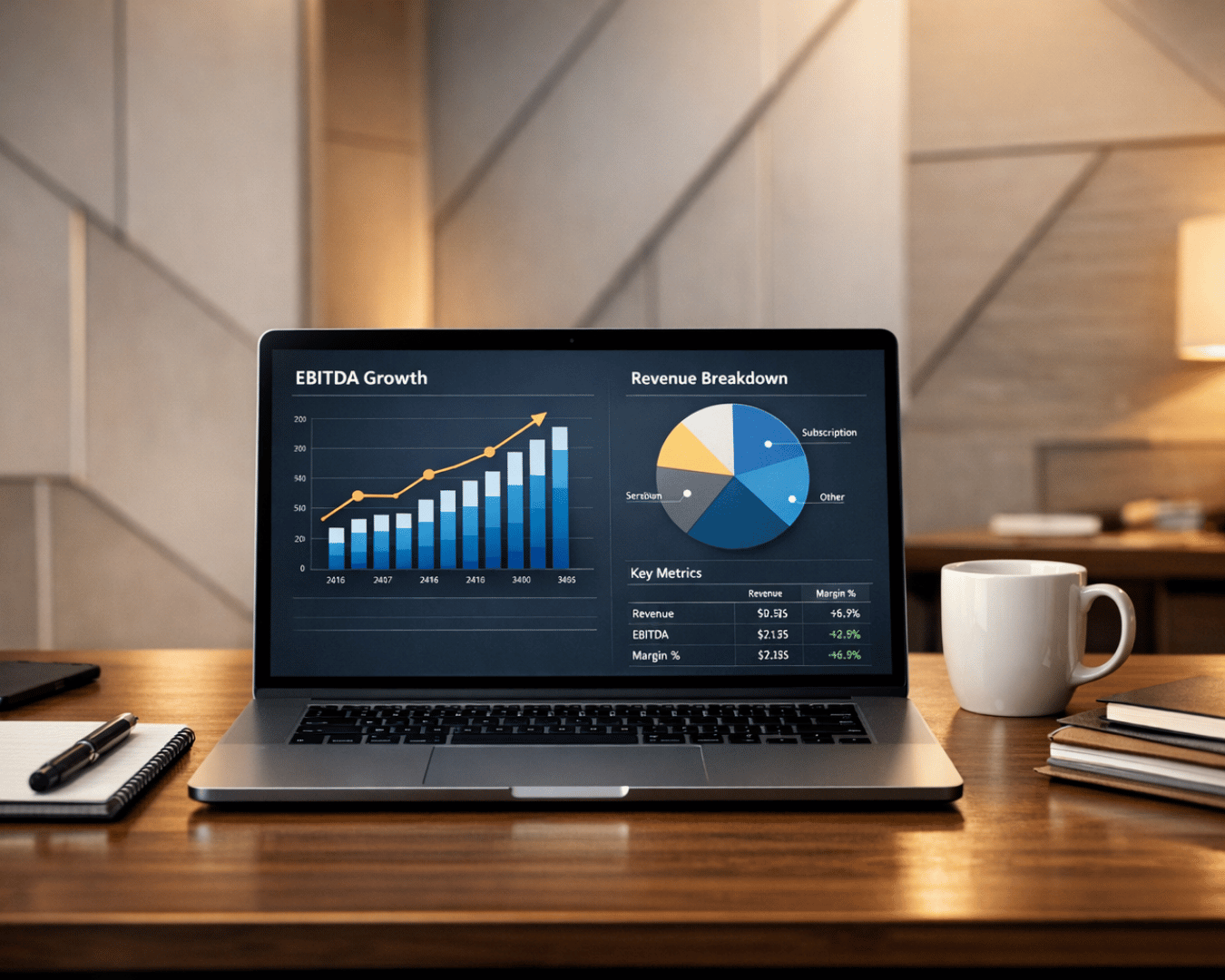










.png)
























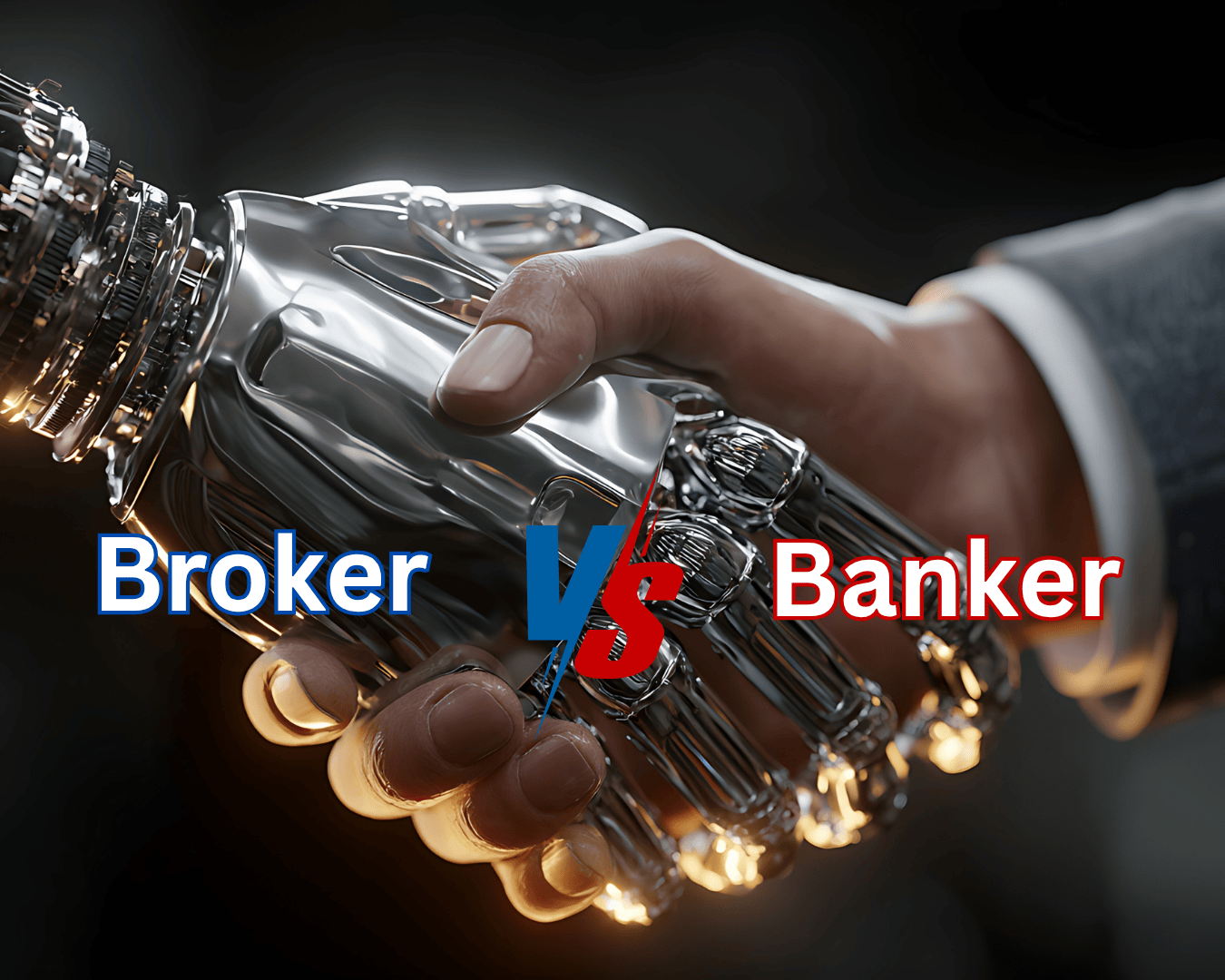

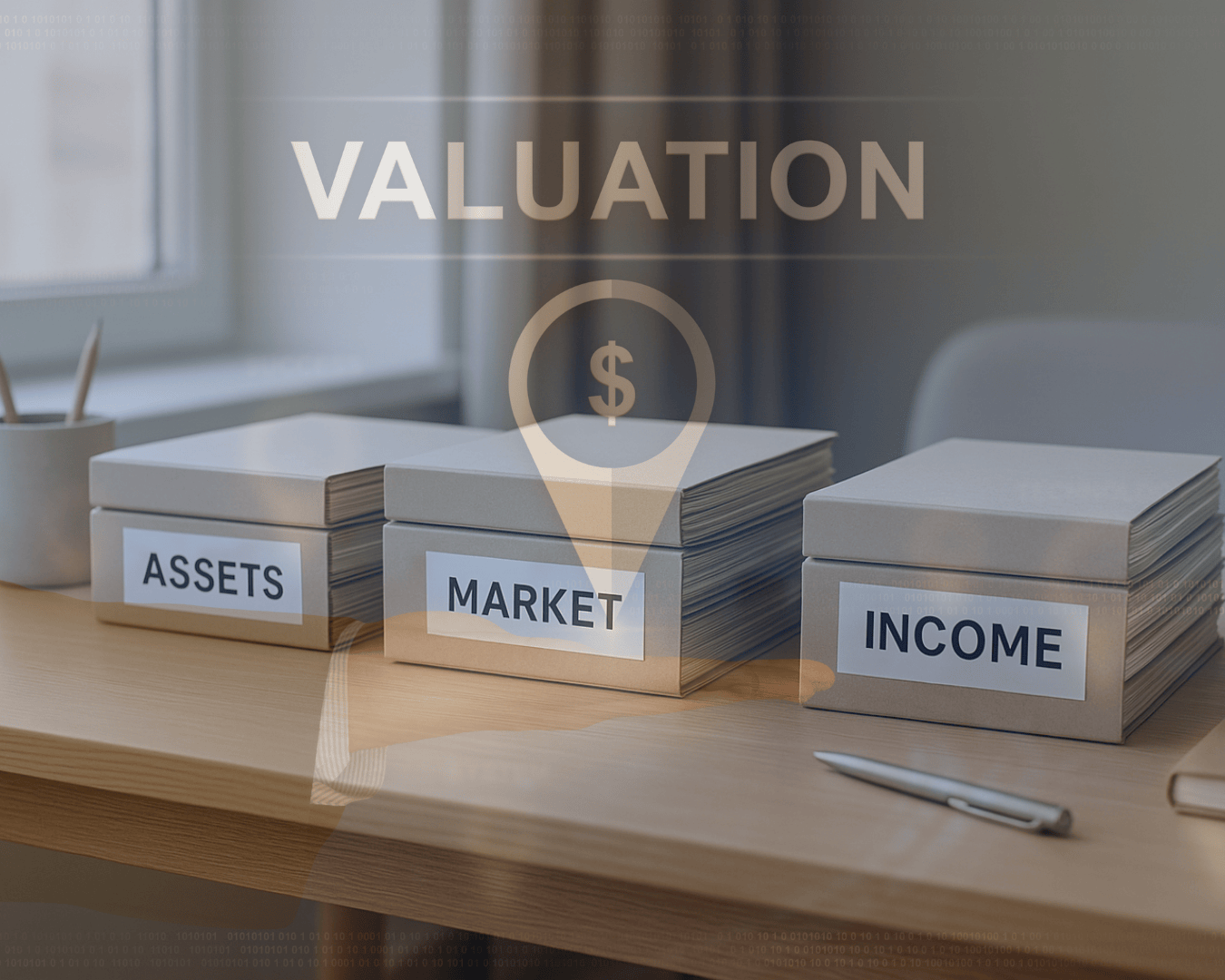


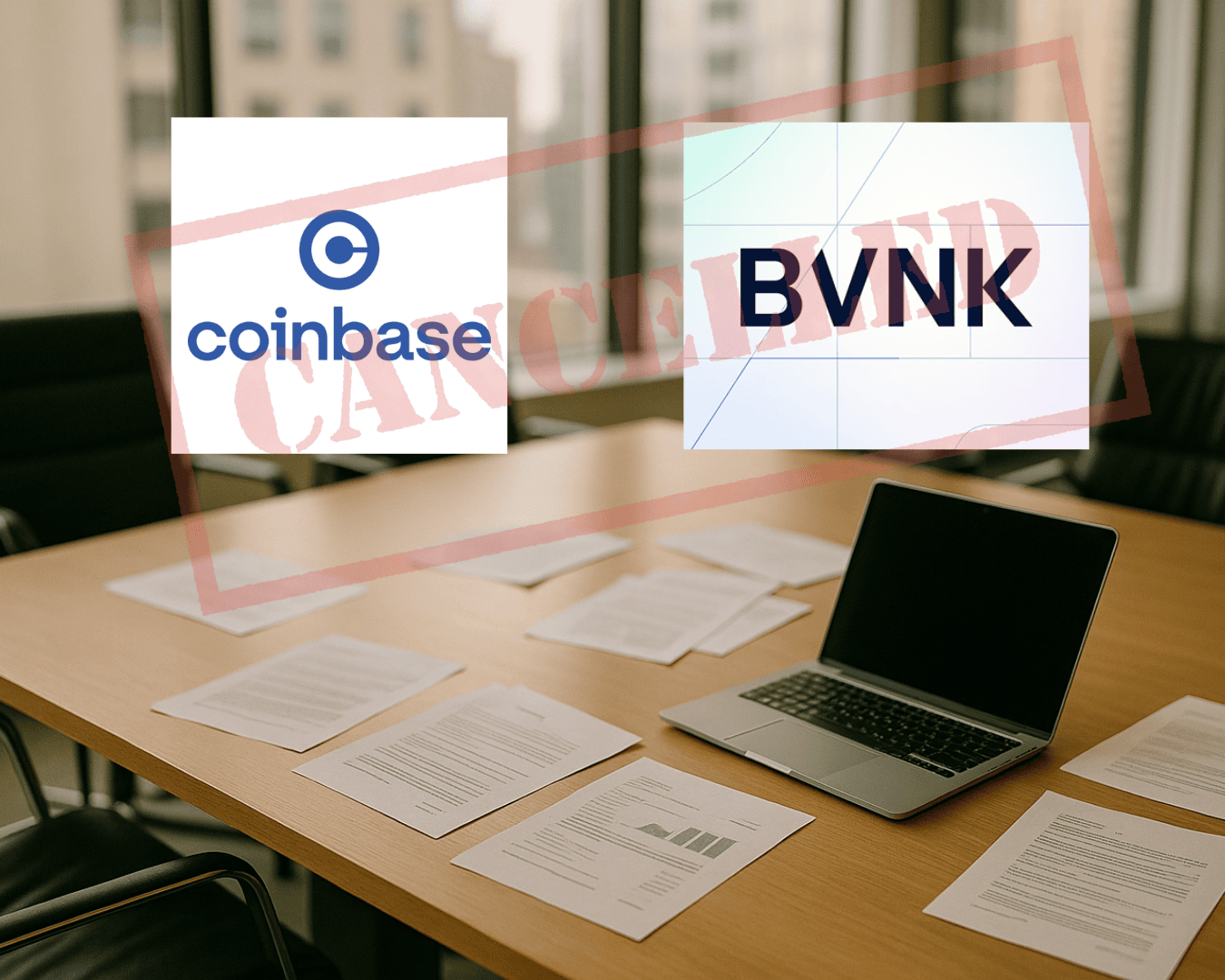









.png)

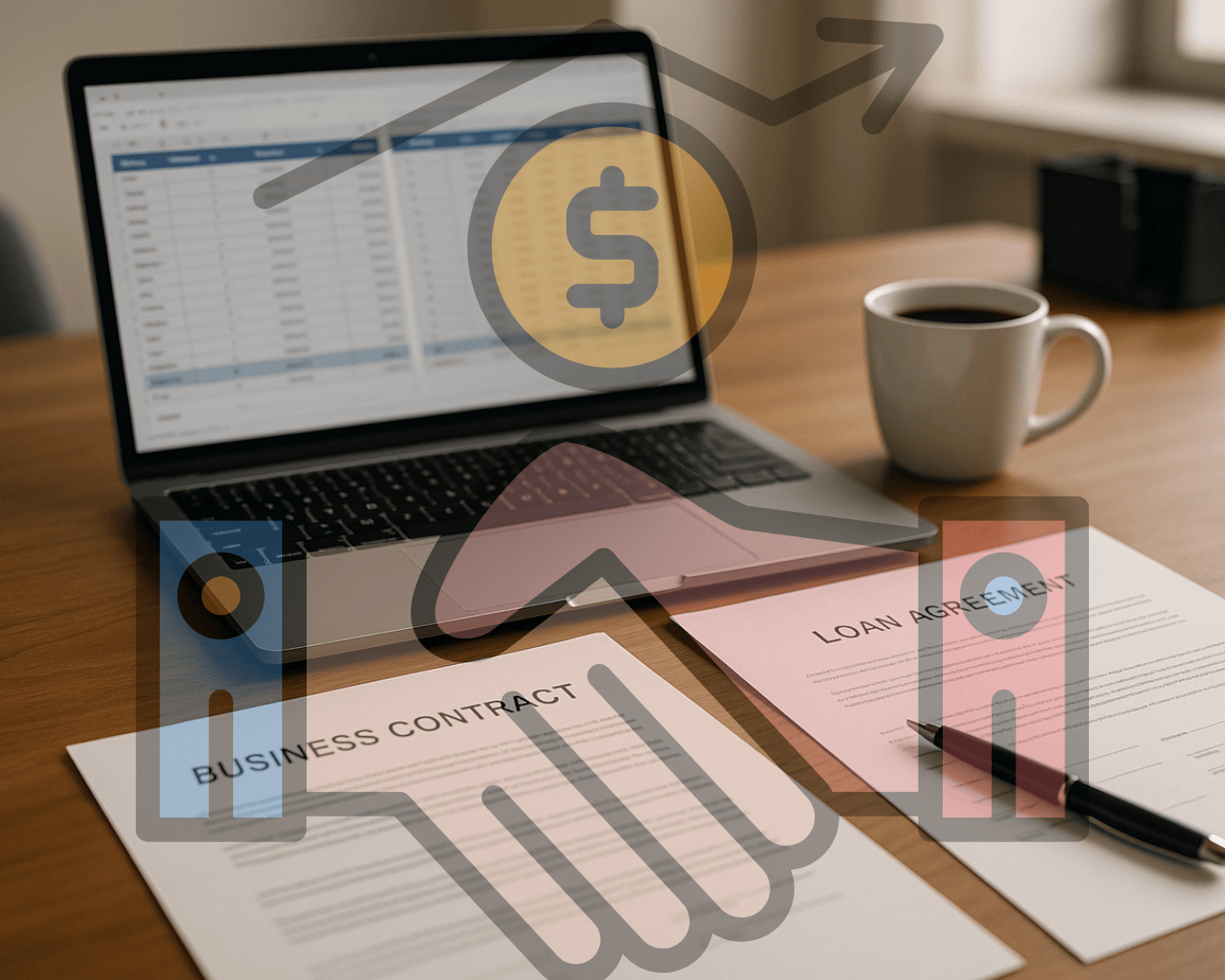


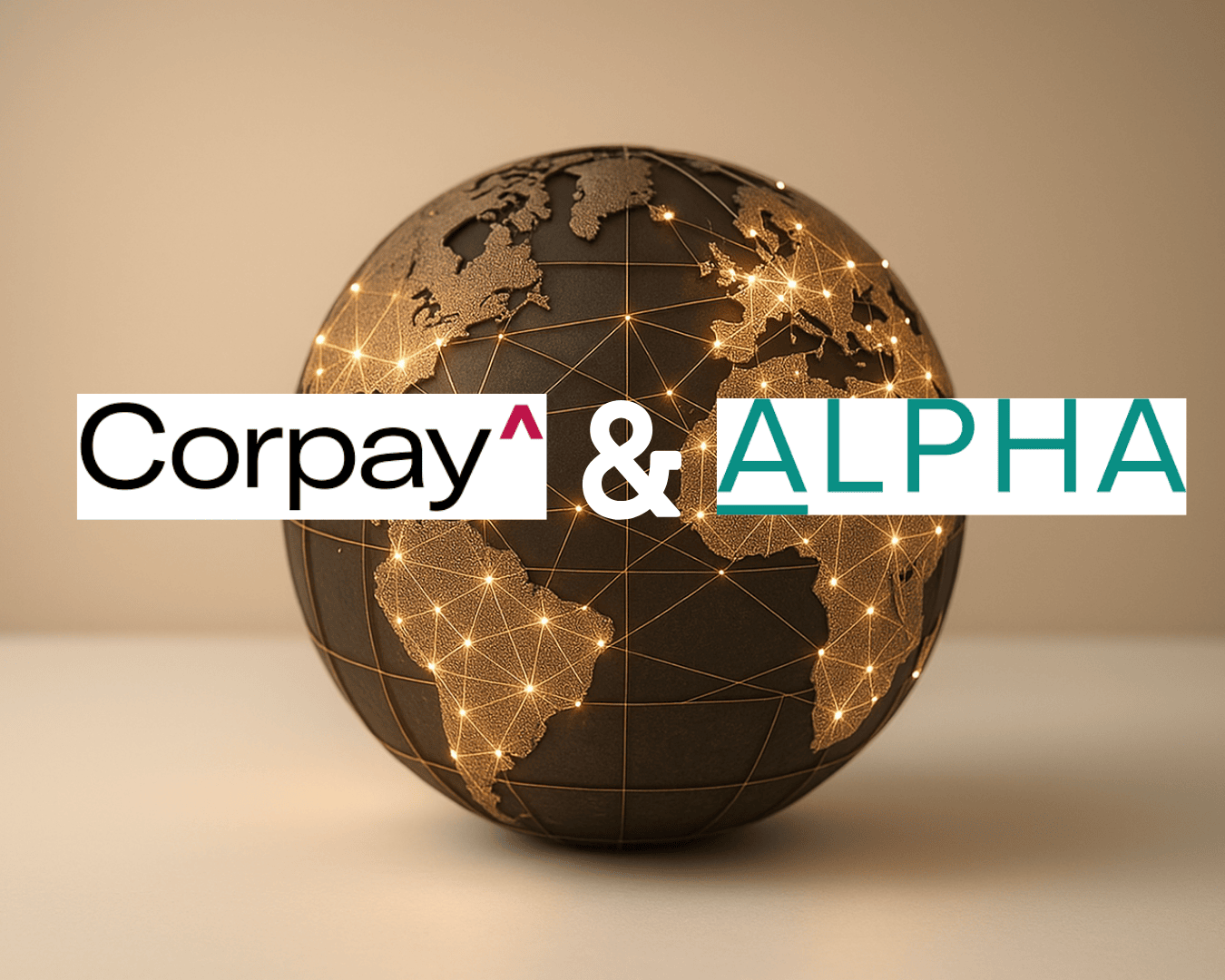





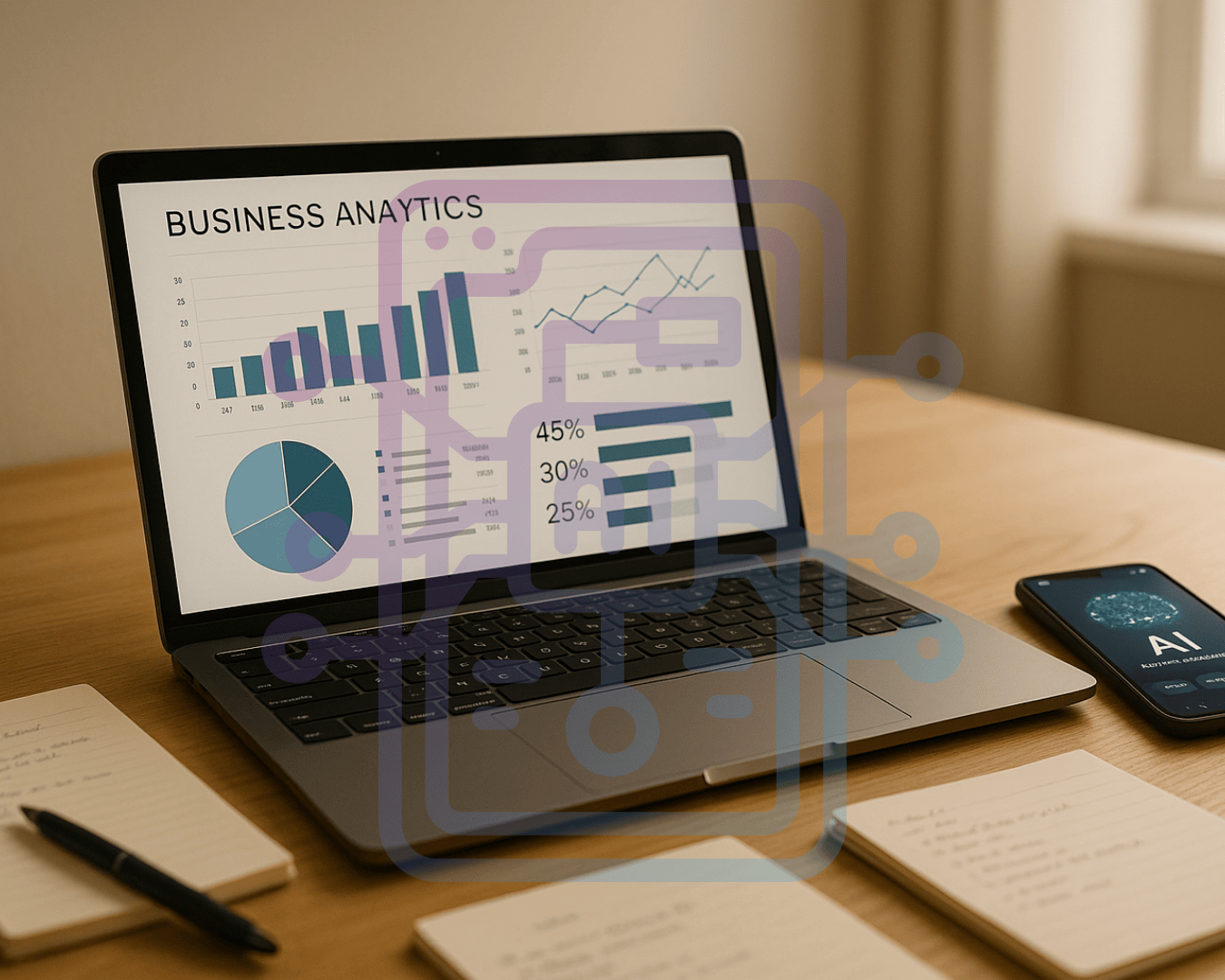






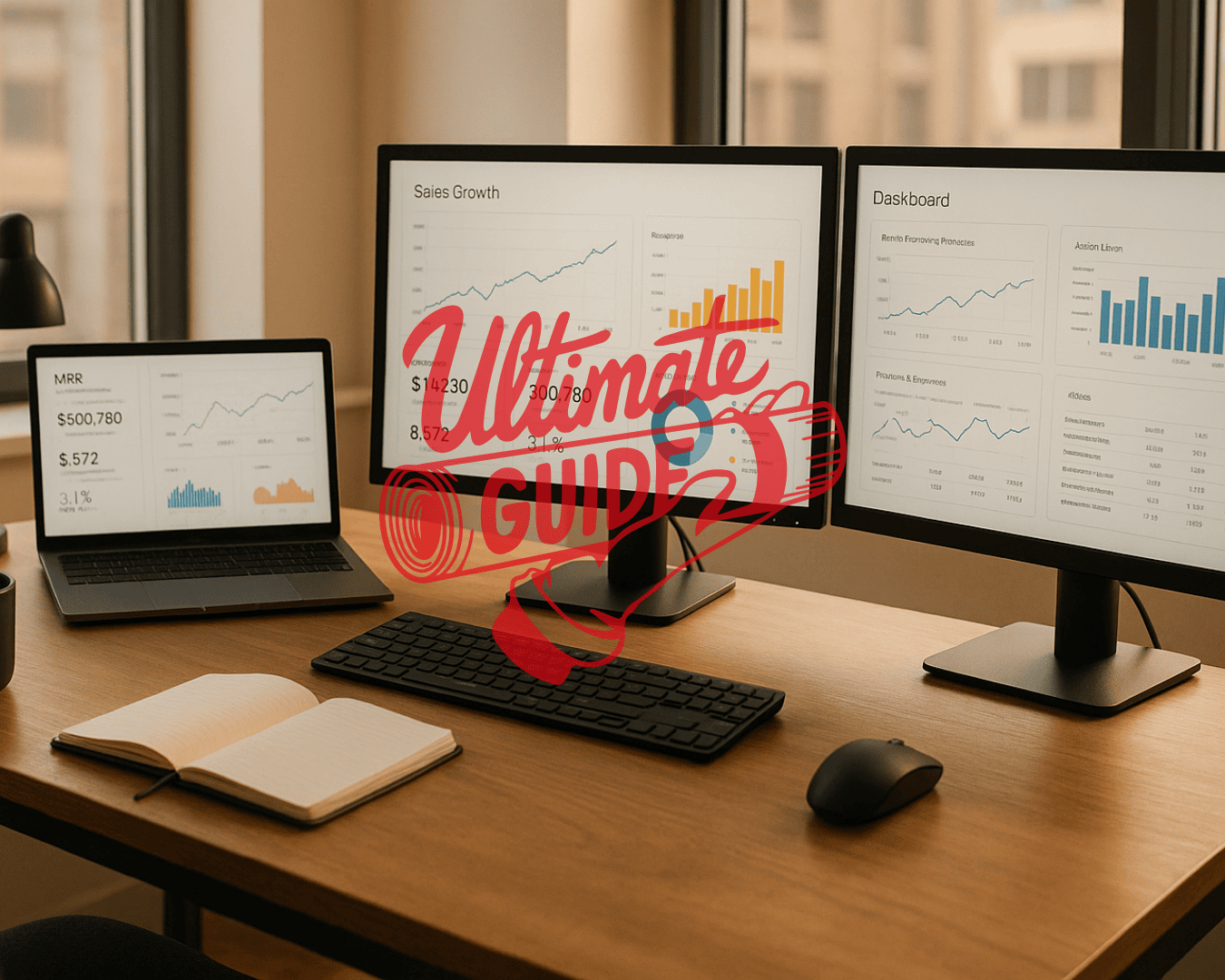




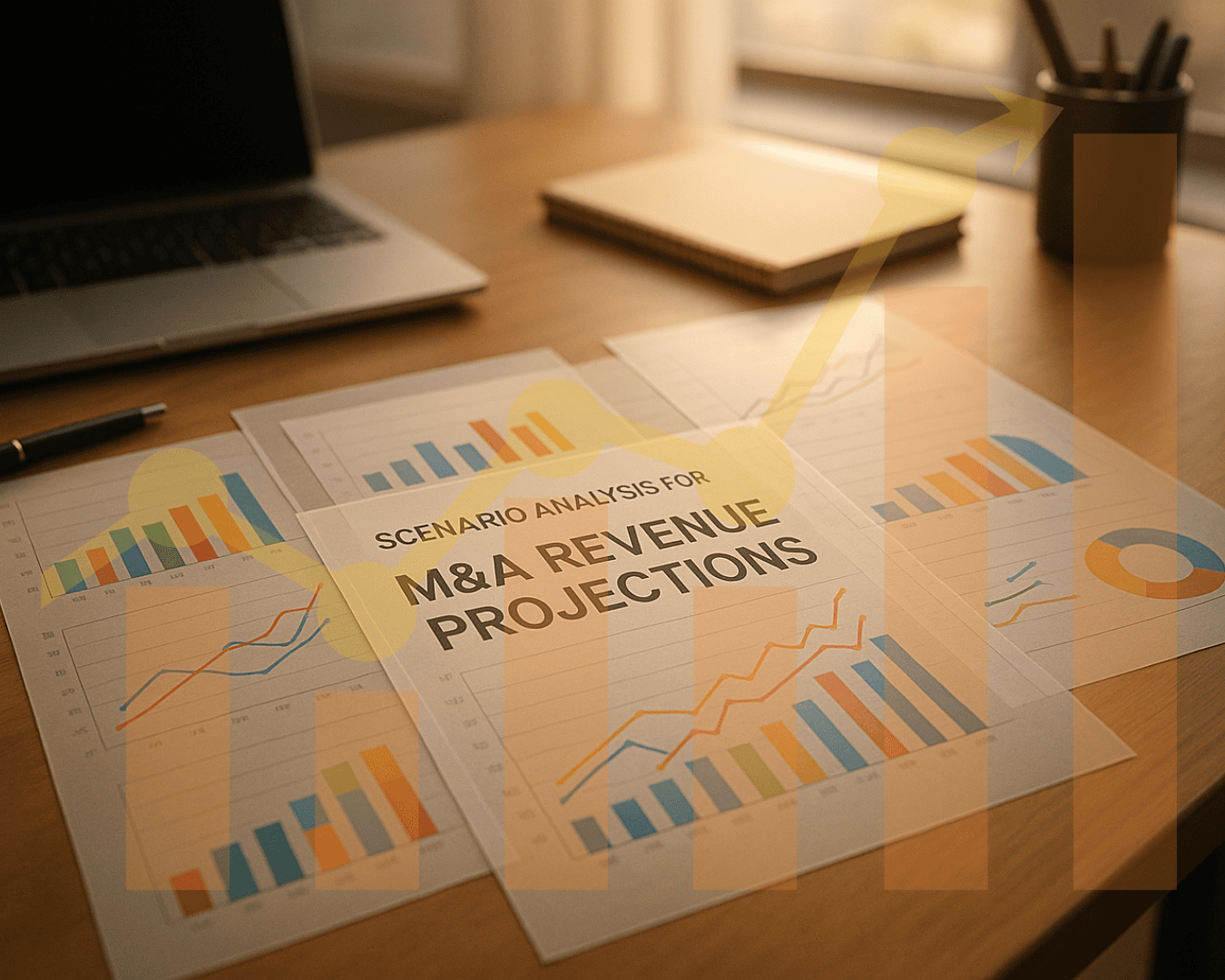





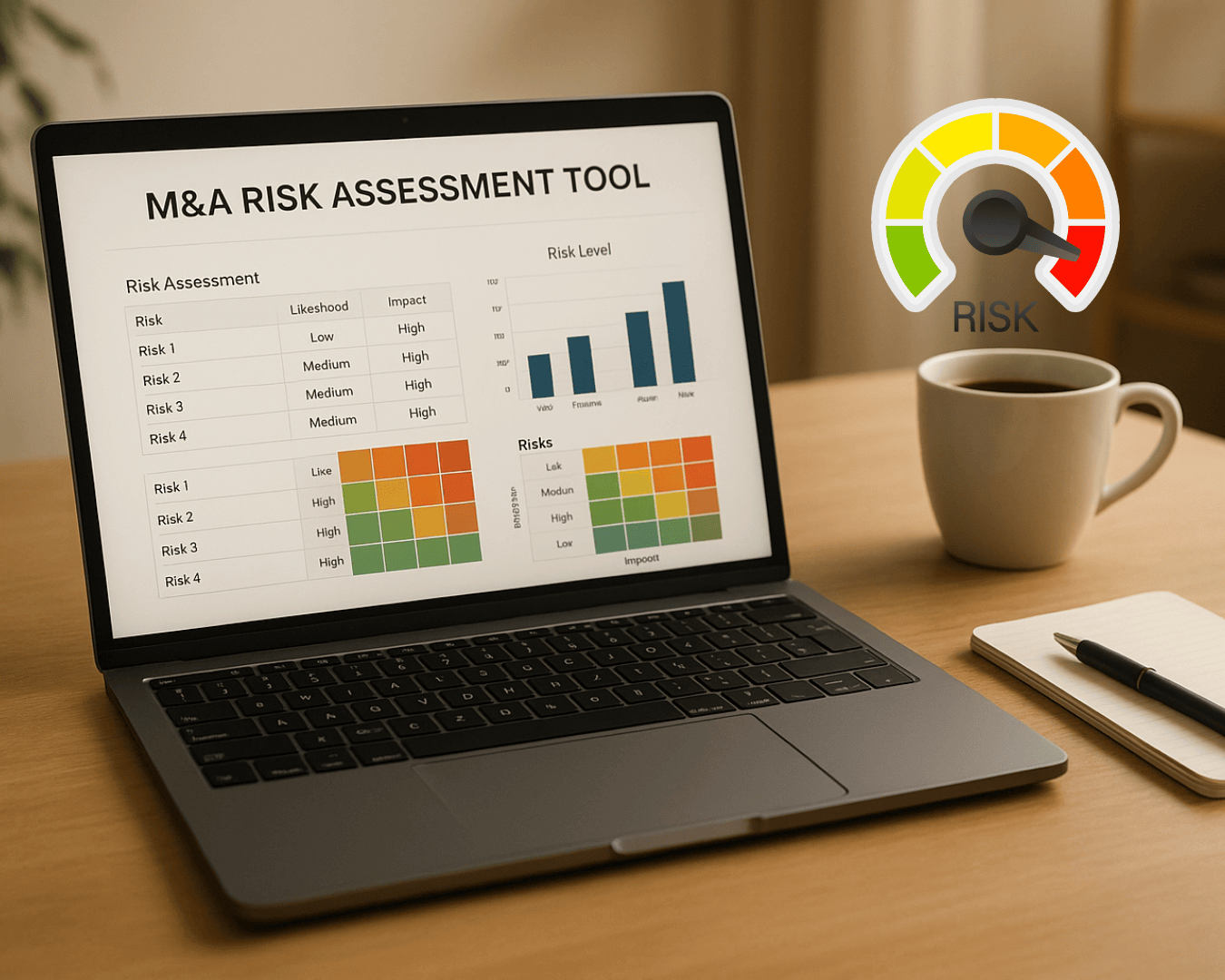

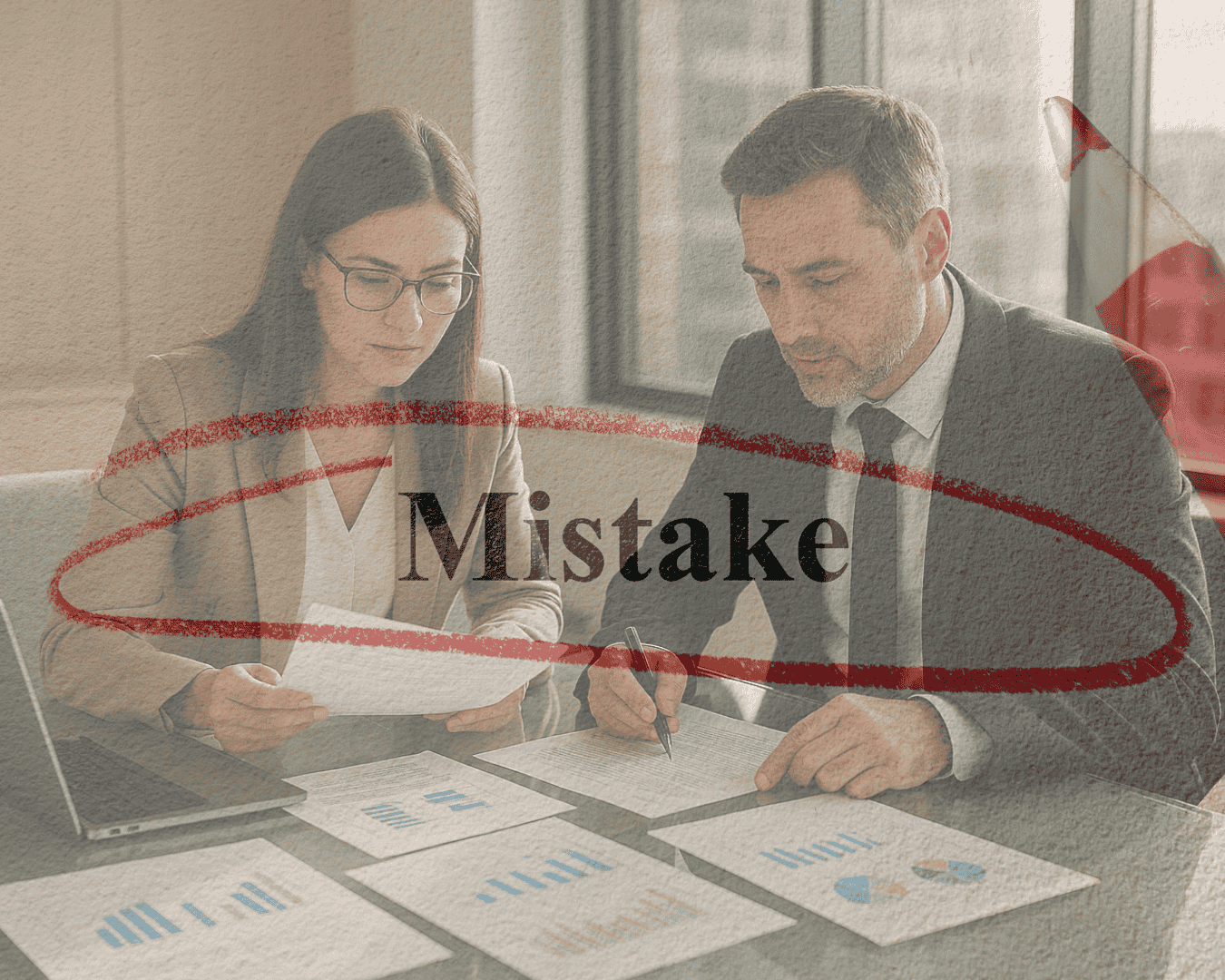
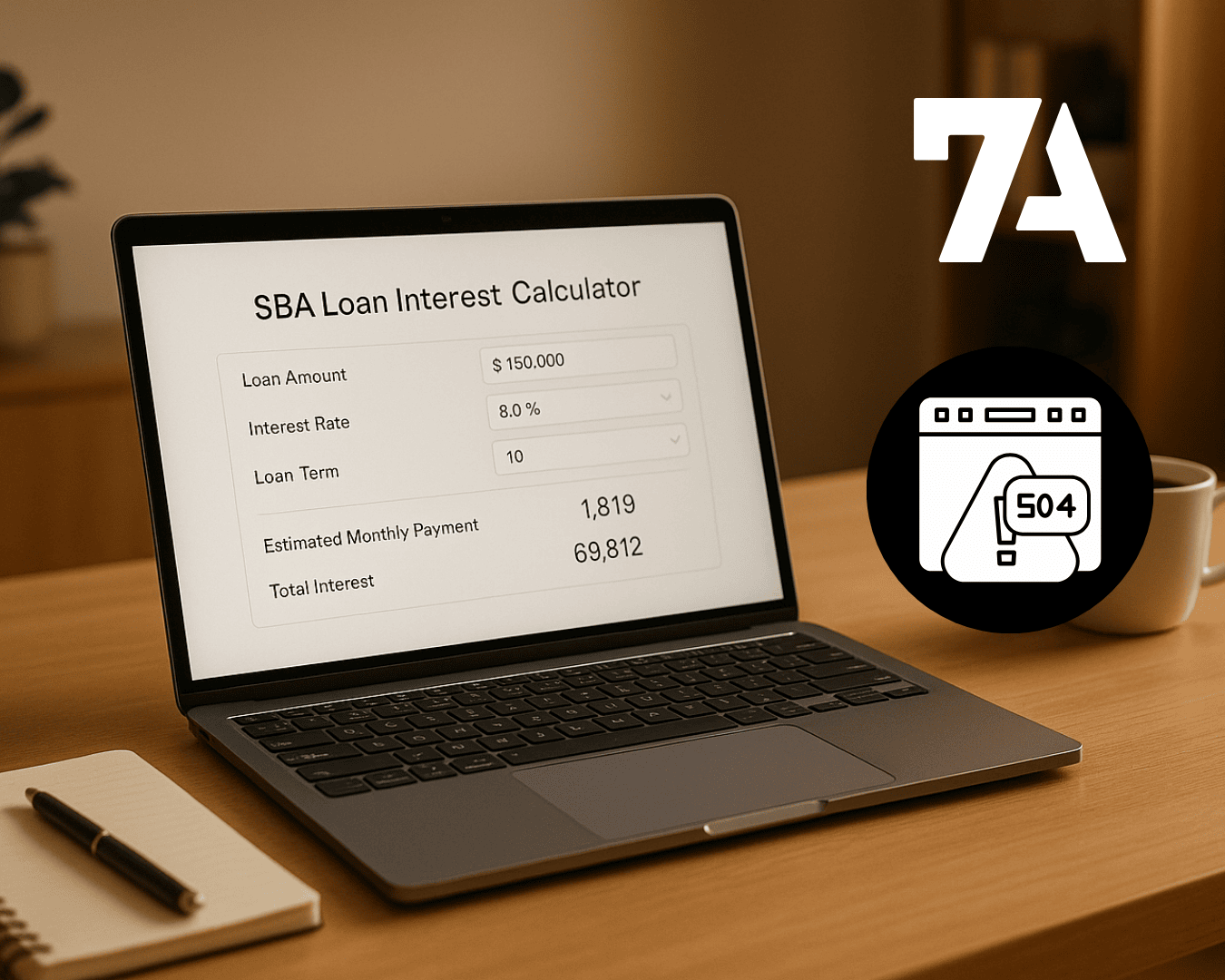








%20Loan%20Application%20Checklist.png)
